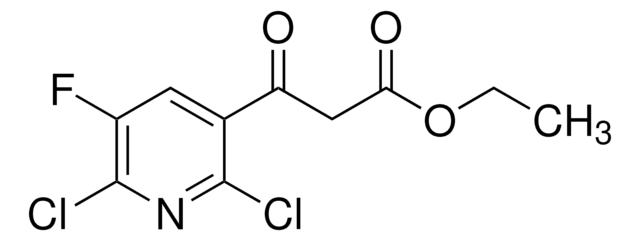493732
1,4-Butanediol
ReagentPlus®, 99%
Synonym(s):
1,4-Butylene glycol, Tetramethylene glycol
Sign Into View Organizational & Contract Pricing
All Photos(1)
About This Item
Linear Formula:
HO(CH2)4OH
CAS Number:
Molecular Weight:
90.12
Beilstein:
1633445
EC Number:
MDL number:
UNSPSC Code:
12352100
PubChem Substance ID:
NACRES:
NA.21
Recommended Products
vapor density
3.1 (vs air)
Quality Level
product line
ReagentPlus®
Assay
99%
form
solid or viscous liquid
autoignition temp.
698 °F
refractive index
n20/D 1.445 (lit.)
bp
230 °C (lit.)
mp
16 °C (lit.)
density
1.017 g/mL at 25 °C (lit.)
SMILES string
OCCCCO
InChI
1S/C4H10O2/c5-3-1-2-4-6/h5-6H,1-4H2
InChI key
WERYXYBDKMZEQL-UHFFFAOYSA-N
Looking for similar products? Visit Product Comparison Guide
Related Categories
Application
1,4-Butanediol can be used as a reactant to prepare:
- Homoallyl alcohol (3-buten-1-ol) and tetrahydrofuran via vapor-phase dehydration using ZrO2 as a catalyst.
- Poly(1,4-butanediol succinate) polymer by reacting with succinic anhydride.
- Biodegradable homopolyesters [poly(butylene succinate) and poly(butylene adipate)] and copolyesters [poly(butylene succinate-co-butylene adipate)] by treating with succinic acid and adipic acid via esterification and deglycolization reaction.
- Poly(1,4-butyl sebacate) by polyesterification reaction with sebacic acid or its derivatives.
Legal Information
ReagentPlus is a registered trademark of Merck KGaA, Darmstadt, Germany
Signal Word
Warning
Hazard Statements
Precautionary Statements
Hazard Classifications
Acute Tox. 4 Oral - STOT SE 3
Target Organs
Central nervous system
Storage Class Code
10 - Combustible liquids
WGK
WGK 1
Flash Point(F)
273.2 °F - closed cup
Flash Point(C)
134 °C - closed cup
Personal Protective Equipment
dust mask type N95 (US), Eyeshields, Gloves
Choose from one of the most recent versions:
Already Own This Product?
Find documentation for the products that you have recently purchased in the Document Library.
Customers Also Viewed
Lipase-catalyzed synthesis of poly (1, 4-butyl sebacate) from sebacic acid or its derivatives with 1, 4-butanediol
Linko Y-Y, et al.
Journal of Biotechnology, 40(2), 133-138 (1995)
Synthesis of homoallyl alcohol from 1, 4-butanediol over ZrO2 catalyst
Yamamoto N, et al.
Catalysis Communications, 6(7), 480-484 (2005)
Jennifer N Miller et al.
Chemical science, 11(20), 5191-5204 (2021-06-15)
In condensed phase chemistry, the solvent can have a significant impact on everything from yield to product distribution to mechanism. With regard to photo-induced processes, solvent effects have been well-documented for charge-transfer states wherein the redistribution of charge subsequent to
Synthesis and characterization of biodegradable poly (1, 4-butanediol succinate)
Song DK and Sung YK
Journal of Applied Polymer Science, 56(11), 1381-1395 (1995)
Synthesis and characterization of the biodegradable copolymers from succinic acid and adipic acid with 1, 4-butanediol
Ahn BD, et al.
Journal of Applied Polymer Science, 82(11), 2808-2826 (2001)
Our team of scientists has experience in all areas of research including Life Science, Material Science, Chemical Synthesis, Chromatography, Analytical and many others.
Contact Technical Service










